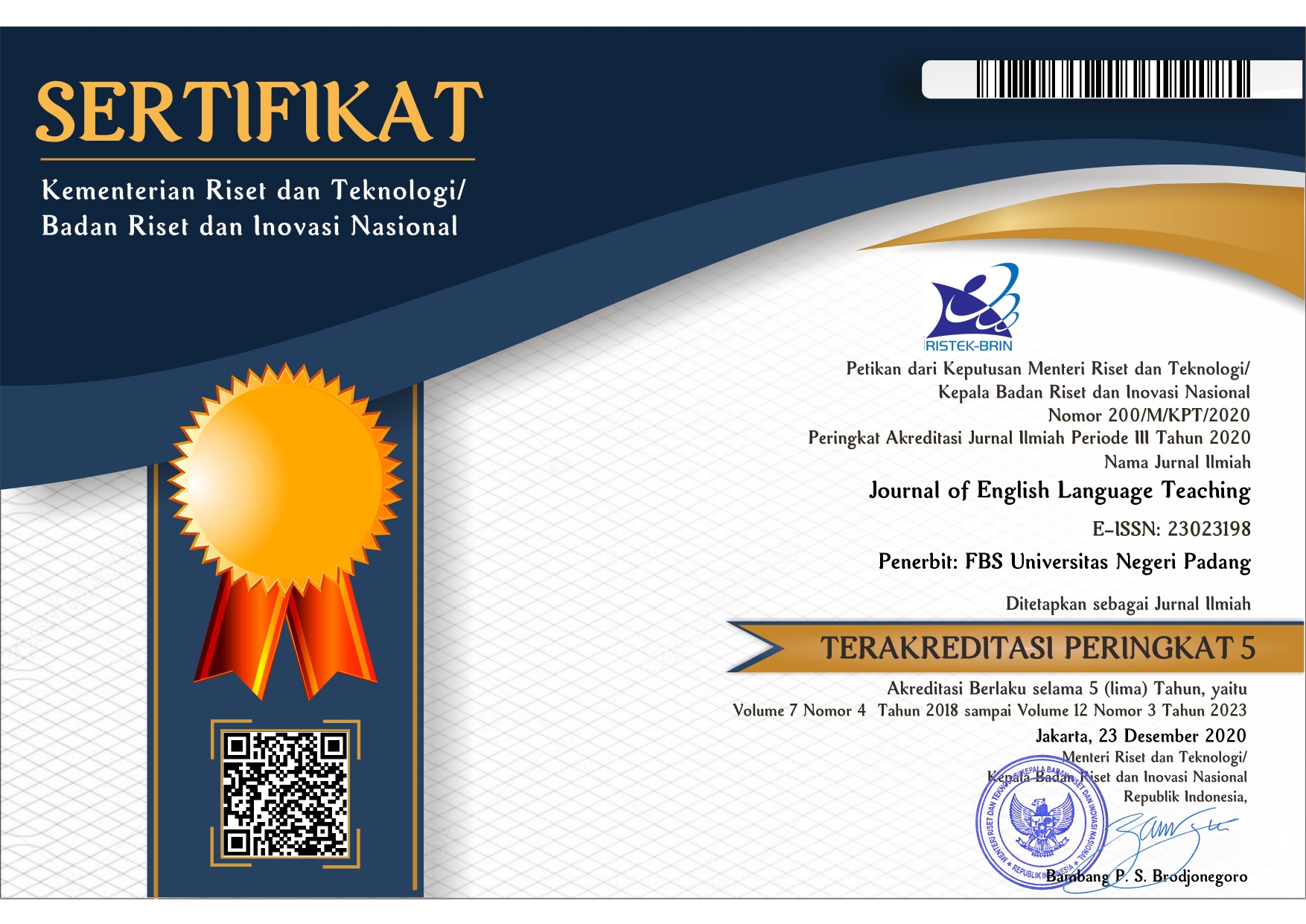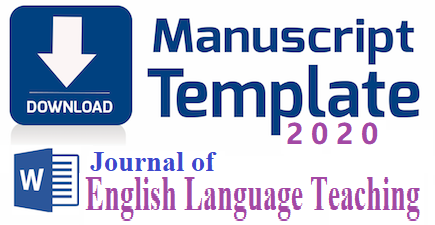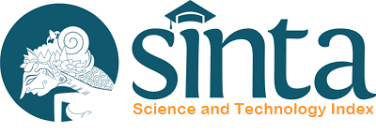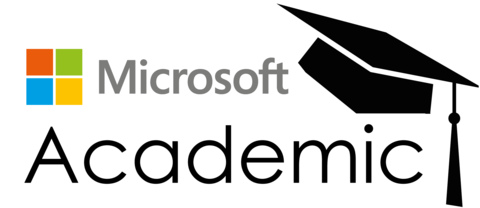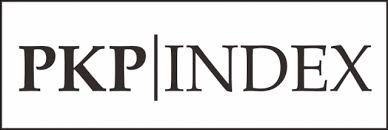USING AUTHENTIC MATERIAL TO TEACH TRANSLATION TO ENGLISH DEPARTMENT STUDENTS
 ), An Fauzia Rozani Syafei(2),
), An Fauzia Rozani Syafei(2), (1)
(2) Universitas Negeri Padang
 Corresponding Author
Corresponding Author
Copyright (c) 2018 Journal of English Language Teaching
DOI : https://doi.org/10.24036/jelt.v6i1.9656
Full Text:
 Language : en
Language : en
Abstract
This paper is written to discuss the teaching of Translation for the students of English Department Students. The difficulties of producing an accurate translation and the importance Teaching Translation to produce a good and understandable translation product are the points underlying this paper. Therefore, the authors use the Authentic materials to assist students in studying Translation and prepare candidates to face the real translation work as they become the translator later. The material discussed is an explanation of authentic materials and the procedure of teaching Translation using Authentic Materials. This learning strategy is expected to be useful for an English professor in the field of translation so that they can enrich the teaching of translation. It is also desirable to students in order to improve their skills in the English language text mengterjemahkan and increase the motivation to learn translation.
USING AUTHENTIC MATERIAL TO TEACH TRANSLATION TO ENGLISH DEPARTMENT STUDENTSKeywords
References
Annisa, Finy. Saun, Saunir. and Narius, Don. (2012). The Ability Of English Department Students Of UNP In Translating Phrasal Verbs In Sentences From English Into Indonesian. ELT Journal 5 (1), 244-250
Aniela Korzeniowska and Piotr Kuhiwczak in Successful Polish-English Translation Tricks of the Trade
Berardo, S. A. (2006). The use of authentic materials in the teaching of reading. The reading Matrix, 6 (2), 60-69.
Budick, Sanford and Iser, Wolfgang (1996) The Translatability of Cultures. Stanford, California:Stanford University Press.
Carter, R., & Nunan, D.(Eds.), (2001). The Cambridge guide to teaching English to speakers of other languages. Cambridge University Press.
Gilmore, A. (2007). Authentic materials and authenticity in foreign language learning. Language Teaching, 40, 97-118
Guariento, W. & J. Morely (2001) Text and task authenticity in the EFL classroom. ELT Journal, 55 (4), 347-353.
Guariento, W. & J. Morely (2001) Text and task authenticity in the EFL classroom. ELT Journal, 55 (4), 347-353.
Herrington, J., & Oliver, R. (2000). An instructional design framework for authentic Hyland, K. 2003. Second Language Writing. Cambridge: Cambridge University Press.
Lee (1995), Authenticity revisited: Text authenticity and learner authenticity. ELT Journal 49 (4), 325-328.
MacDonald, M. N.& Badger, R. Dasli, M. (2006). Authenticity, culture and language learning. Language and Intercultural Communication Vol. 6, No. 3&4. Pp 250-26.
Martinez, A.G. (2002). Authentic materials: An overview. Free resources for teachers and students of English, Karen's Linguistics Issues, 1-7.
Martinez, A.G. (2002). Authentic materials: An overview. Free resources for teachers and students of English, Karen's Linguistics Issues, 1-7.
Munday, Jeremy. 2001. Introducing Translational Studies: Theories and Applications. London: Rputledge.
Newmark, P. (1988a) A Textbook of Translation. Hertfordshire:Prentice Hall
Newmark, P. (2001). A Textbook of Translation. Edinburgh. Pearson Education Limited.
Newmark, Peter.1981. Approaches to Translation.Oxford: Pergamon Press .
Nida, E and Taber, C. 1969. The Theory and Practice of Translation. Leiden: E.J. Brill.
Nida, E. A. (1964) Towards A Science of Translation. Leiden:Brill.
Nunan, D. (1999). Second Language Teaching and Learning. Boston: Heinle and Heinle Publishers.
Nunan, David. (1988) Principles for Designing Language Teaching Materials. Guidelines, 10, 1-24.
Nuttall, C. (1996) Teaching Reading Skills in a foreign language (New Edition) Oxford, Oxford University Press.
Suryawinata, Z. (1989). Translation. Jakarta: Department of English.
 Article Metrics
Article Metrics
 Abstract Views : 832 times
Abstract Views : 832 times
 PDF Downloaded : 123 times
PDF Downloaded : 123 times
Refbacks
- There are currently no refbacks.
Copyright (c) 2018 Journal of English Language Teaching

This work is licensed under a Creative Commons Attribution-NonCommercial-NoDerivatives 4.0 International License.

